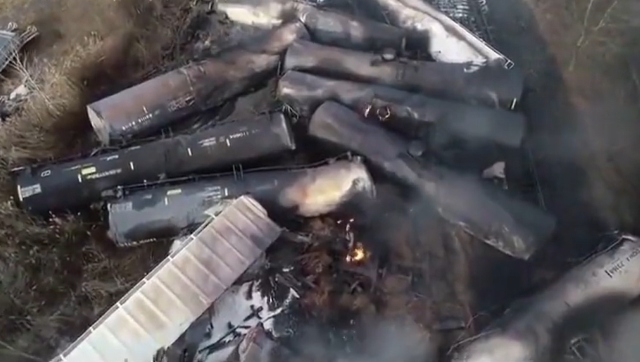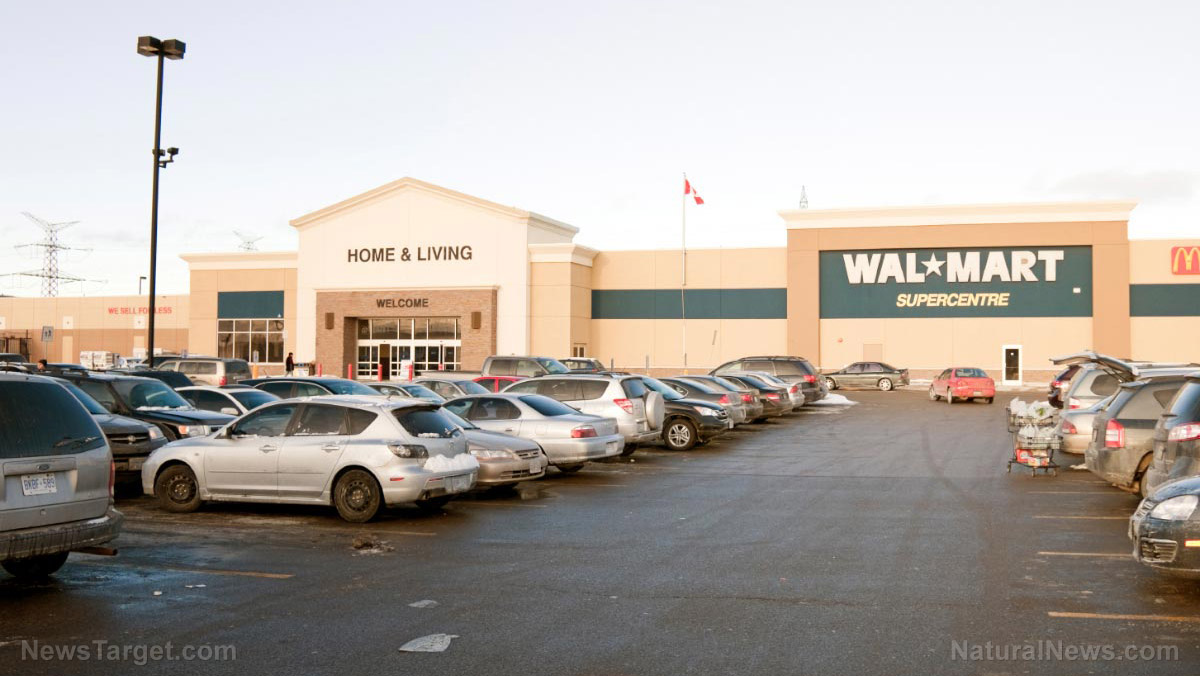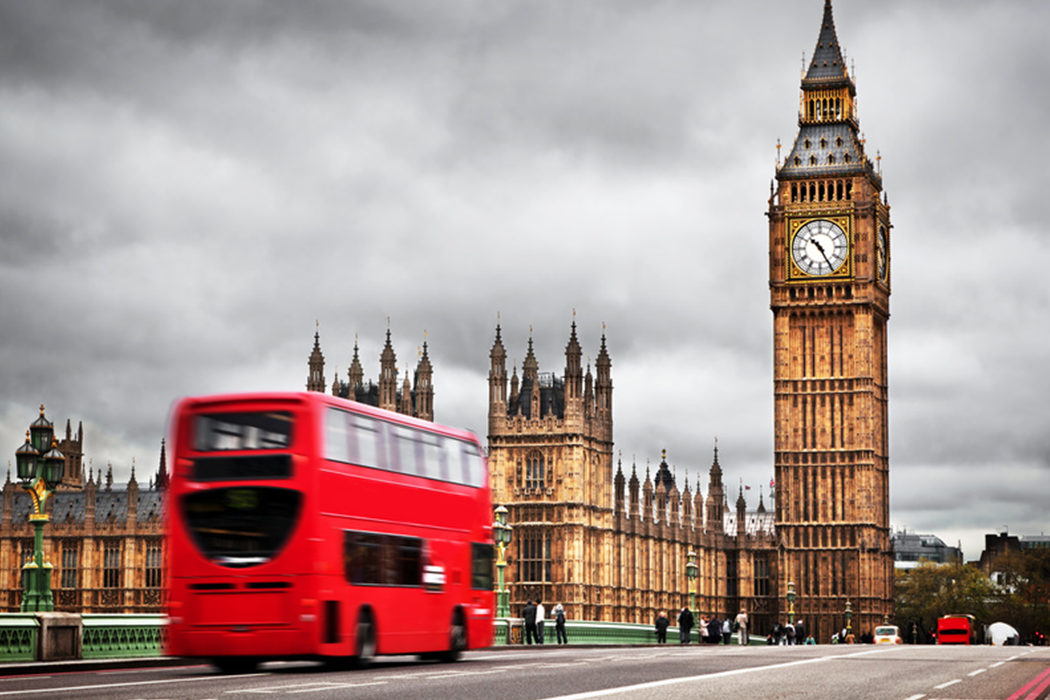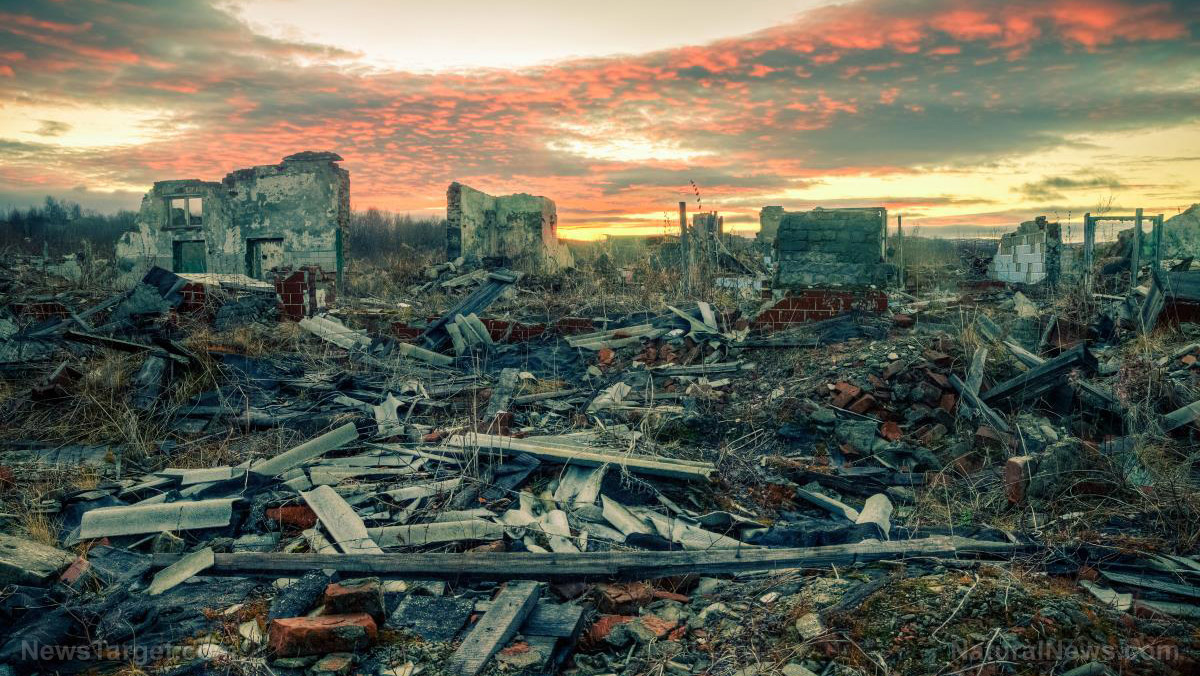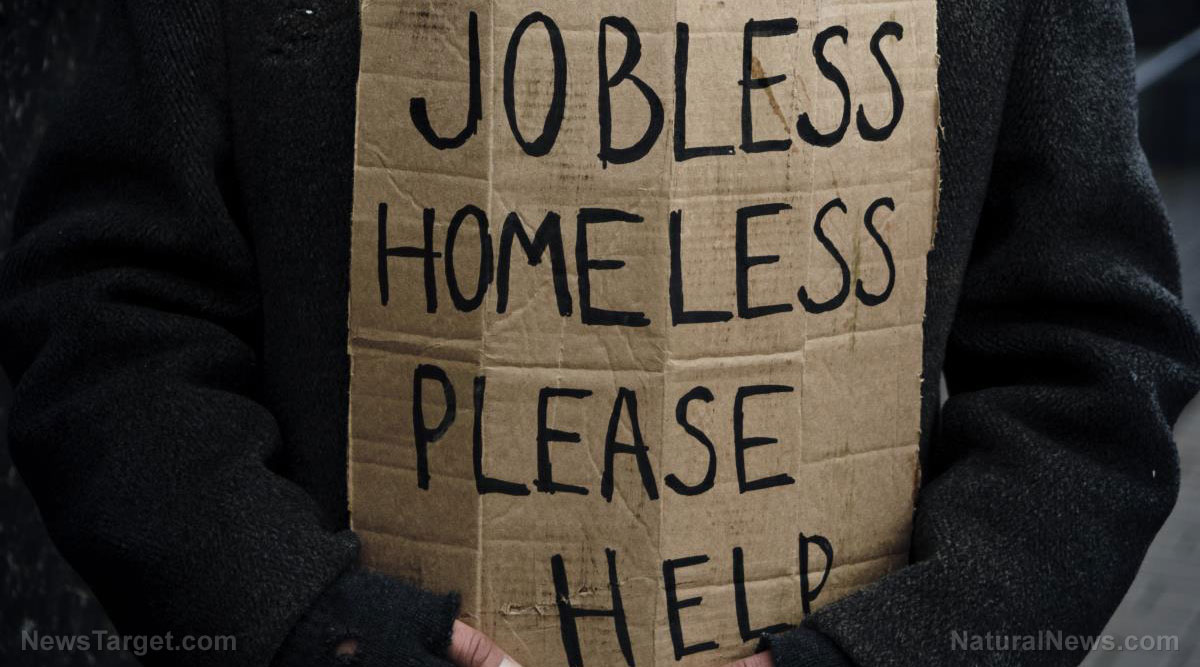Inflation remains hot: CPI up by 0.5% in January and 6.4% year-over-year (official numbers)
02/17/2023 / By Belle Carter
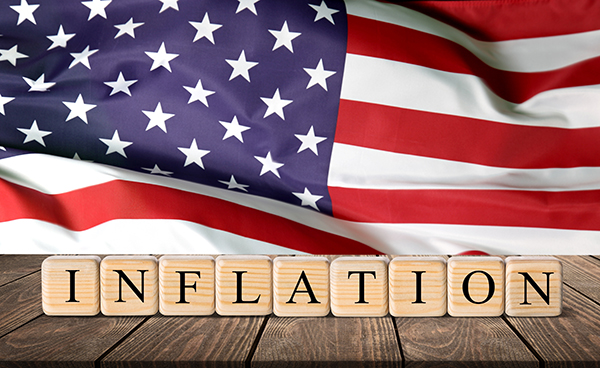
The Bureau of Labor Statistics (BLS) recently released the consumer price index (CPI) report showing that inflation rose in January by 0.5 percent after it increased by 0.1 percent in December last year. The CPI, which measures a broad basket of common goods and services, slowed down on a year-over-year basis to 6.4 percent, BLS added.
Financial market data provider Refinitiv said that it was down from December’s 6.5 percent but higher than economists’ projections of 0.4 percent and 6.2 percent. It’s the seventh consecutive month that annual inflation has declined.
Some prices may have been cooling off, but experts believe there is still a long way to go to hit the Federal Reserve’s two percent inflation target. “It doesn’t necessarily change the trend,” said Erik Lundh, principal economist at the Conference Board. “It’s a bumpy road to go from where we were to where we want to go.”
Across-the-board increases in shelter, food and energy boosted the index after inflation had shown signs of receding in recent months.
The latest index news “underscores the challenges faced by the Fed,” said John Leer, chief economist at Morning Consult. “Inflation may have peaked, but it’s not showing signs of rapidly returning” to the Fed’s target.
“At the end of the day, even though we’ve got a lot of heavy discounting out there, we still have underlying inflation that is still too warm for the Fed and for most households, said Diane Swonk, chief economist with KPMG. “We’re looking for that ‘just right’ porridge and we’re not there yet. It’s still too hot.”
Inflation turned higher at the start of 2023, as rising shelter, gas and fuel prices took their toll on consumers. Markets were volatile following the release, with the Dow Jones Industrial Average down about 200 points at the open and heading lower.
The rising shelter costs accounted for about half the monthly increase, BLS said in the report. The component accounts for more than one-third of the index and rose 0.7 percent on the month and was up 7.9 percent from a year ago.
Energy also was a significant contributor, which raised two percent and 8.7 percent, while food costs rose 0.5 percent and 10.1 percent year-over-year.
Rising prices meant a loss in real pay for workers. Average hourly earnings fell 0.2 percent for the month and were down 1.8 percent from a year ago, according to a separate BLS report that adjusts wages for inflation.
US economy still at risk of recession in 2023 despite Fed’s efforts
BLS reports have shown that price increases had been abated in recent months. However, inflation is still a threat and the U.S. economy could still slip into recession this year. (Related: Bloomberg model projection says recession is 100% certain in next 12 months.)
The Fed’s efforts to mitigate the problem seem to be doing “little.” The central bank has hiked its benchmark interest rate eight times since March 2022 as inflation rose to its highest level in 41 years last summer.
“Inflation is easing but the path to lower inflation will not likely be smooth,” said Jeffrey Roach, chief economist at LPL Financial. “The Fed will not make decisions based on just one report, but clearly the risks are rising that inflation will not cool fast enough for the Fed’s liking.”
Lately, Fed Chairman Jerome Powell has been expressing that “disinflationary” forces are at play – but critics are convinced he’s got to do better.
Markets expect the Fed over its next two meetings in March and May to raise its overnight borrowing rate another half a percentage point from its current target range of 4.5 percent to 4.75 percent as this would give policymakers time to watch for the broader economic impacts of the monetary policy tightening before deciding how to proceed. If inflation does not fall back, that could mean more rate hikes.
Collapse.news has more news related to the U.S. economy on the verge of recession.
Watch the video below that talks about the Fed’s manipulating numbers to conceal actual massive inflation.
This video is from the Worldview Report channel on Brighteon.com.
More related stories:
Biden’s economic policies and inflation are tanking tech IPOs like Rivian, Robinhood.
Number of Americans with a second job up by 6% as inflation continues to eclipse wage gains.
Shoppers burdened by inflation are turning to discount supermarkets Walmart and Dollar General.
Sources include:
Submit a correction >>
Tagged Under:
big government, BLS, Bubble, central bank, Collapse, CPI, currency crash, economic collapse, economic riot, economics, economy, Federal Reserve, finance, government, inflation, market crash, recession, risk
This article may contain statements that reflect the opinion of the author
RECENT NEWS & ARTICLES
COPYRIGHT © 2018 PANIC.NEWS
All content posted on this site is protected under Free Speech. Panic.news is not responsible for content written by contributing authors. The information on this site is provided for educational and entertainment purposes only. It is not intended as a substitute for professional advice of any kind. Panic.news assumes no responsibility for the use or misuse of this material. All trademarks, registered trademarks and service marks mentioned on this site are the property of their respective owners.

